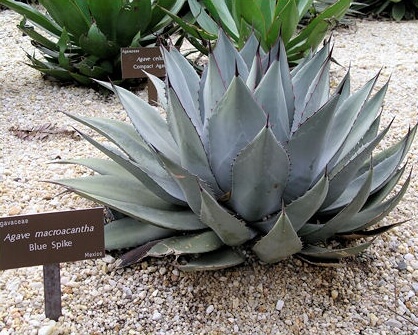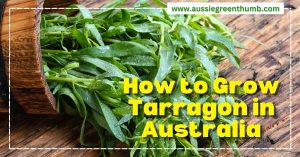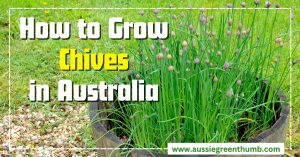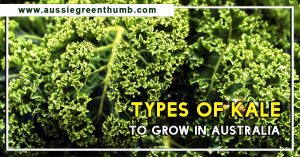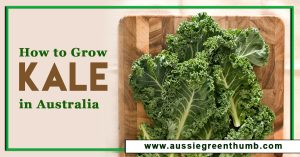It wasn’t until I started my new garden that I looked at growing agaves. After I finished landscaping my front garden I decided I only wanted to fill it with plants that could survive only on rainfall and without any supplemental watering at all (once established). This was a tall order to place on most plants and those selected certainly would have to be drought tolerant plants.
More...
Agaves were becoming more and more popular in Australian gardens in recent times with Agave attenuata being a popular choice. The reason of course was simple, drought tolerant plants were becoming more of a necessity due to the drought so the decision to add a few agaves to my front garden was an easy one indeed.
So far I’ve found these agaves to be very easy to grow. They are all growing in raised beds and only get watered when it rains. Compared to other plants though I haven’t found them to be fast growers, but Agave attenuata does have a reasonable growth rate. So despite not fertilising my other drought tolerant plants in the garden I have decided to give these some slow release fertilisers just to give them a helping hand.
When it came to selecting them it wasn’t difficult at all as there were plenty to choose from and here are the ones that I selected (so far).
Types of Agave Plants
Agave attenuata
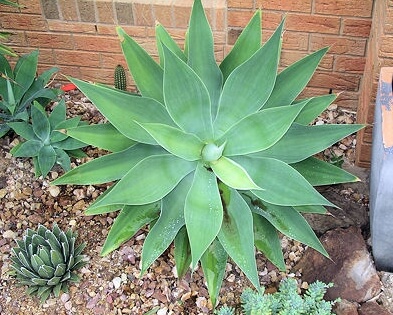
Agave attenuata has softer leaves than most agaves and doesn’t have the sharp spines at the ends of the leaves. This Agave is very easy to propagate from. The two smaller agaves in the left of the photo were pups from a larger Agave attenuata that I cut away at the base to propagate from.
I’ve found Agave attenuata to be fairly easy to grow. The agaves in the photo don’t get any supplemental watering and seem to have a faster growth rate than the other agaves in my garden.
I have found though that during extremely hot conditions in summer they can look a little stressed but I still think that they are very drought tolerant plants.
Agave desmettiana
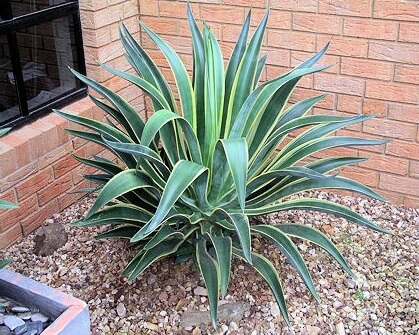
Agave desmettiana ‘El Miradores Gold’
Agave desmettiana ‘El Miradores Gold’, seen growing here, only gets sunshine in the summer. Hence you can see it growing a little taller than it normally would. This Agave is also easy to propagate from as it does set lots of pups.
The pups have been removed from this side for propagation but there are quite a few growing on the other side. Agave desmettiana also has long fleshy leaves but unlike Agave attenuata these leaves do have sharp spines.
Agave potatorum
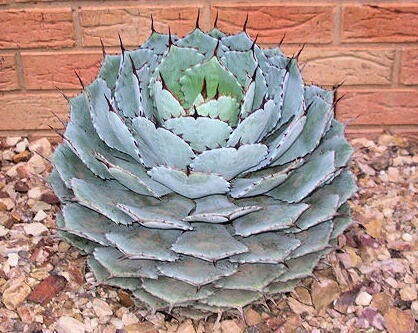
Agave potatorum
Agave potatorum is one of my favourite agaves. I really like the colour of the leaves and the fact that it is also very easy to propagate from. I have three other Agave potatorum growing close by that were propagated from this plant.
Agave potatorum is the first Agave I ever bought, as I remember I was attracted to the bluey coloured leaves similar to Blue Agave. The great thing about this Agave is that it is really easy to propagate from. It grows lots of pups and has been propagated about 3 times.
In the photo above the original Agave I bought was the larger one at the back. The other 3 were propagated from pups from this plant. Now they are growing pups and today I’m going to remove the pups from them all.
Agave potatorum pups
Now, removing the pups on this Agave is the fun bit as it does have very sharp needles at the ends of the leaves. The way I go about it though is to get some really long scissors, remove some of the stones below the pups and then just position the scissors in as far underneath as possible and cut them away.
Sometimes you get some with roots and sometimes without roots but either way it doesn’t matter.
Once you have detached the pups I then just treat them with some plant starter and then pot the ones with roots into 5 cm tubes and the ones without go into a larger pot until they grow some roots. Pretty easy really.
Once these pups are ready for the ground I might even plant a few more around the tree in the garden and the others I’ll probably just give away. It’s not as fast growing as Agave attenuata but then again it doesn’t grow as large so it’s probably not meant to be.
So there you have it. If you’ve got the patience just buy one Agave potatorum and then just let it multiply.
Agave stricta ‘Nana’
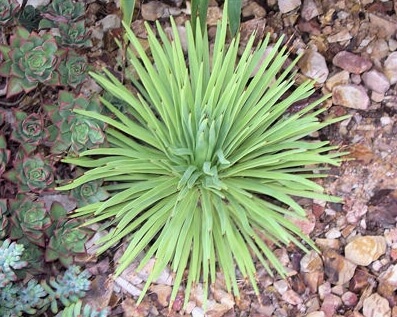
Agave stricta ‘Nana’
Agave stricta ‘Nana’ has been fairly slow growing in my garden but it is a dwarf variety and only grows to about 30 cm. I have two Agave stricta ‘Nana’ growing in my garden. The other one is a lot smaller than this one as I only just discovered it again recently when I cut back a large Agave attenuata that was obscuring it.
Agave victoria-reginae
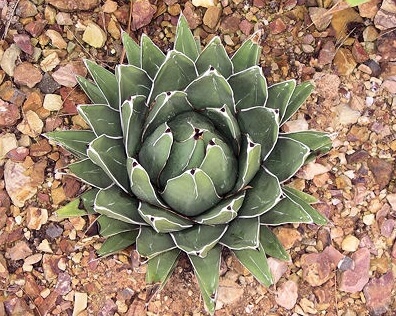
Agave victoria-reginae
Agave victoria-reginae is probably the slowest growing Agave I have in my garden. At this stage it hasn’t produced any pups. The photo above was taken growing in the Geelong Botanic Gardens.
Agave parryi
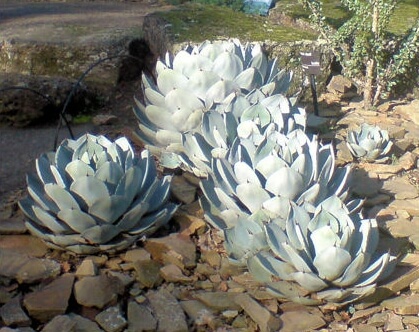
Agave parryi
Another Agave that I discovered recently growing in the Royal Botanic Gardens Melbourne in the Californian Garden is Agave parryi. This is one I think looks really distinct with its grey, blue leaves and will be keeping an eye out for it in the nurseries. I think it would make a great addition to a smaller garden like mine.
More Agave Species
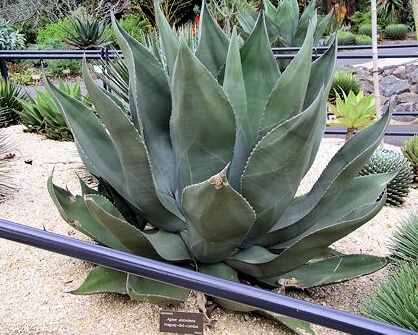
Agave atrovirens
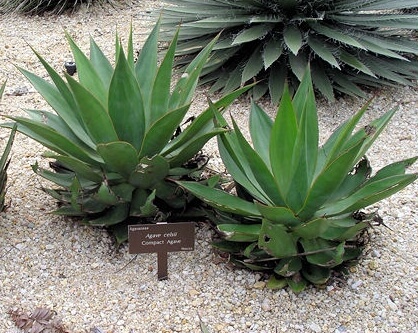
Agave celsii
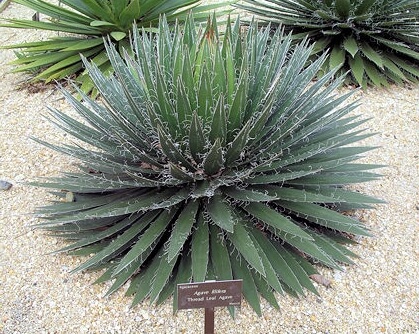
Agave filifera
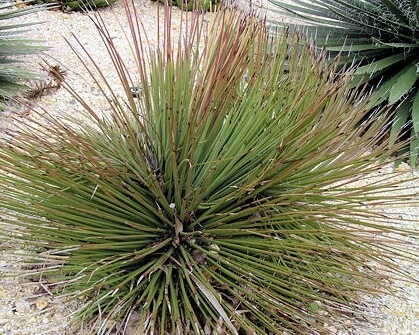
Agave stricta
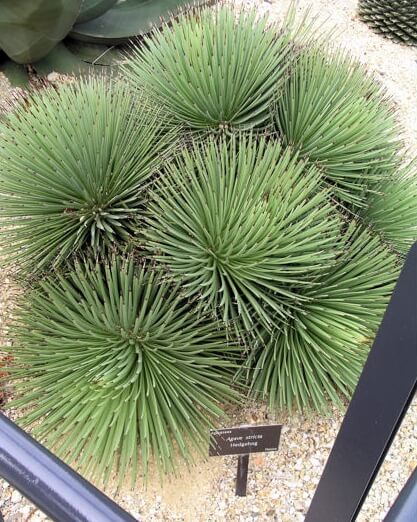
Agave stricta hedgehog
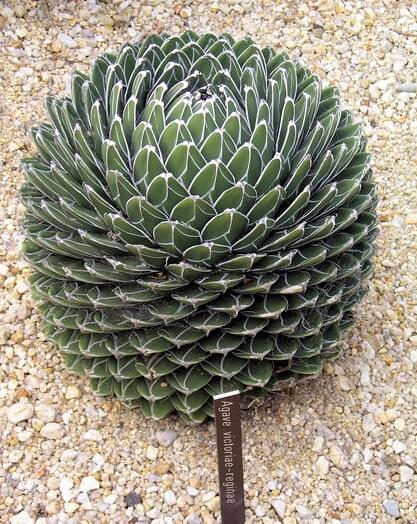
Agave victoria-reginae
So there you have some photos of agaves growing around Melbourne and Geelong. But just in case you might want to look at more, here's some photos of agaves I found growing at Gardenworld located in Melbourne’s South East.
This garden centre has a wonderful garden full of succulents and cacti as well as selling lots of unusual plants from around the world. It really is worth a visit.
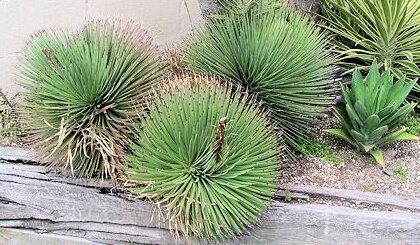
Agave stricta
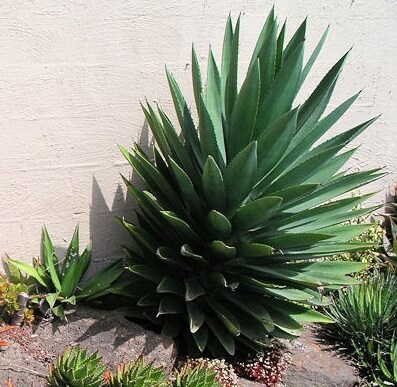
Agave sp
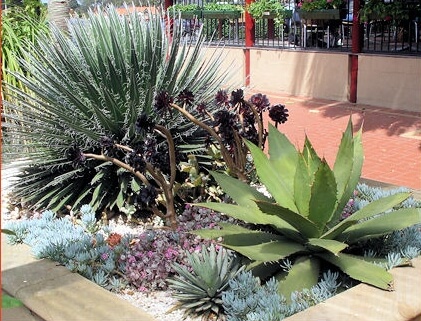
Agave sp
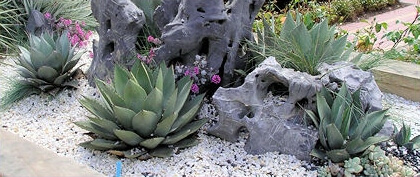
Agaves make a great landscaping plant.
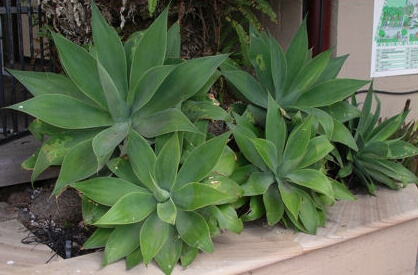
Agave attenuata is very popular in Australian gardens.
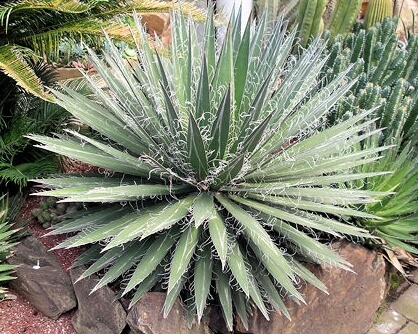
Agave filifera
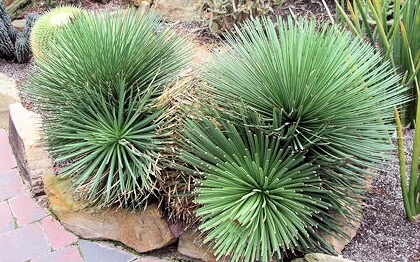
Agave stricta with ends of the leaves cut because of its proximity to the path.
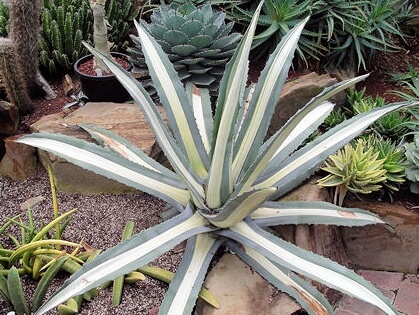
Agave americana
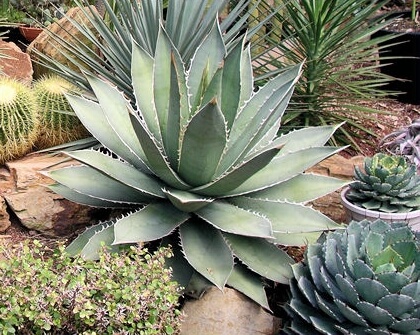
Agave
Start Growing Different Types of Agave Plants in Your Garden
So that’s it this time. As you can see agaves are indeed becoming more popular here in Australia. With the emphasis these days being on drought tolerant plants and great for xeriscape gardens, agaves can only prove to become even more popular in gardens.
At the end of the day though even if you put aside their drought tolerance the Agave really is quite an attractive, architectural plant that really does suit contemporary gardens indeed.
Published on June 23, 2023 by AGT
Last Updated on February 14, 2024

